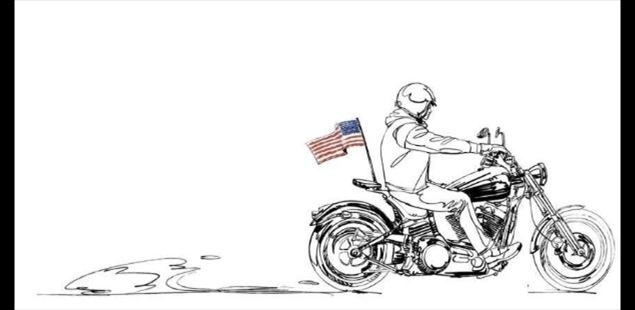Fashion brands, from Zara to H&M to Mango, will have to play the transparency card. A new European regulation comes into force and promises to shake up your shopping habits. Objective: to allow consumers to better understand what they are buying. But what does this change really entail?
For years, the origin of clothing has remained unclear to consumers. Where are your favorite sweaters made? Who is behind their design? Until now, brands have provided little information on these questions. If some already communicate voluntarily on their production sites, for others, transparency stops at the country of manufacture indicated on the label. This is where the European Union comes in with its new product safety regulation, effective since December 13, 2024. This measure aims to offer consumers more information. Clearly, each product sold in Europe must have clear and easily accessible details, whether printed on the label, packaging or detailed in attached documents.
Indeed, brands will be required to disclose essential information: the name of the company and its contact details such as an email address or telephone number. But for consumers looking for more responsible fashion, this regulation does not yet meet all expectations. The addresses of the production plants will not, for the moment, be mandatory on the label. So the answer to the question “Are your Zara and Mango clothes made in the same workshops?” will remain evasive.
In the meantime, this regulation marks a real turning point: it imposes a progressive accountability of major brands in the face of increasingly demanding consumers. This information, until now generally hidden, will bring buyers closer to those who design their products, establishing a first link of trust in a sector often criticized for its opacity. Inspiring!







